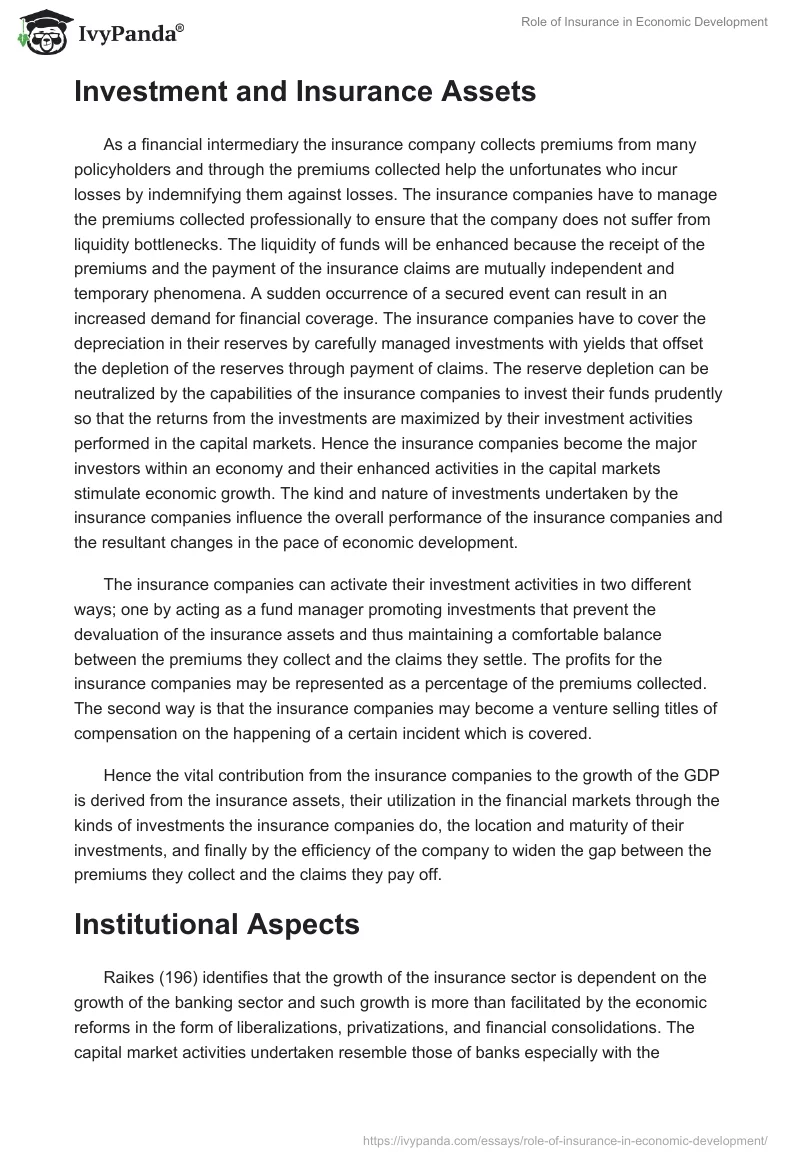Some Known Factual Statements About Pacific Prime
Some Known Factual Statements About Pacific Prime
Blog Article
How Pacific Prime can Save You Time, Stress, and Money.
Table of ContentsThe Buzz on Pacific PrimeThe Pacific Prime IdeasAll About Pacific PrimeGetting My Pacific Prime To WorkEverything about Pacific Prime

This is because the data were collected for a period of solid financial performance. Of the approximated 42 million people that were uninsured, just about concerning 420,000 (regarding 1 percent) were under 65 years of age, the age at which most Americans come to be qualified for Medicare; 32 million were grownups in between ages 18 and 65, around 19 percent of all adults in this age group; and 10 million were kids under 18 years of age, concerning 13.9 percent of all kids (Mills, 2000).
These quotes of the number of persons uninsured are created from the yearly March Supplement to the Present Populace Study (CPS), conducted by the Census Bureau. Unless or else kept in mind, national quotes of people without medical insurance and percentages of the population with various kinds of protection are based upon the CPS, one of the most widely utilized resource of quotes of insurance protection and uninsurance prices.
Pacific Prime - Questions

Still, the CPS is specifically helpful since it generates annual estimates relatively promptly, reporting the previous year's insurance coverage approximates each September, and since it is the basis for a constant set of estimates for greater than twenty years, enabling evaluation of fads in protection in time. For these reasons, as well as the substantial use the CPS in other studies of insurance policy protection that exist in this record, we depend on CPS estimates, with restrictions noted.

The estimate of the variety of uninsured individuals expands when a populace's insurance status is tracked for a number of years. Over a three-year period starting early in 1993, 72 million people, 29 percent of the united state population, lacked protection for at least one month. Within a solitary year (1994 ), 53 million people experienced a minimum of a month without coverage (Bennefield, 1998a)
6 out of every 10 without insurance adults are themselves used. Although functioning does improve the possibility that and one's family participants will certainly have insurance policy, it is not an assurance. Even members of households with 2 permanent breadwinner have virtually a one-in-ten possibility of being without insurance (9.1 percent without insurance price) (Hoffman and Pohl, 2000).
Not known Details About Pacific Prime
New immigrants make up a substantial percentage of people without medical insurance. One evaluation has attributed a substantial section of the current growth in the size of the united state without insurance population to immigrants that showed up in the nation in between 1994 and 1998 (Camarota and Edwards, 2000). Recent immigrants (those that involved the USA within the previous 4 years) do have a high price of being without insurance (46 percent), but they and their kids account for just 6 percent of those without insurance across the country (Holahan et al., 2001).
The connection in between medical insurance and accessibility to care is well developed, as recorded later on in this phase. Although the relationship between wellness insurance and health outcomes is neither direct neither straightforward, a considerable professional and health solutions study literature links medical insurance coverage to enhanced access to care, much better quality, and enhanced personal and populace health and wellness condition.
Degrees of analysis for taking a look at the effects of uninsurance. It focuses specifically on those without any type of wellness insurance policy for any length of time.
Little Known Questions About Pacific Prime.
The issues encountered by the underinsured remain in some respects comparable to those encountered by the without insurance, although they are typically less extreme. maternity insurance for expats. Uninsurance and underinsurance, nonetheless, involve definitely different policy concerns, and the approaches for resolving them might differ. Throughout this research and the five records to adhere to, the primary focus gets on individuals without any health and wellness insurance coverage and thus no support in spending for health care past what is available with charity and security web institutions
Wellness insurance is an effective aspect impacting receipt of care since both individuals and doctors reply to the out-of-pocket cost of services - https://www.huntingnet.com/forum/members/pacificpr1me.html. Medical these details insurance, however, is neither needed neither adequate to get to medical services. Nevertheless, the independent and straight effect of health insurance coverage on access to wellness solutions is well established.
Others will acquire the health and wellness care they need also without health and wellness insurance coverage, by spending for it out of pocket or seeking it from carriers who offer care cost-free or at very subsidized rates. For still others, medical insurance alone does not make sure receipt of treatment as a result of other nonfinancial obstacles, such as a lack of health care service providers in their area, minimal access to transportation, illiteracy, or etymological and cultural distinctions.
Examine This Report on Pacific Prime
Official study regarding uninsured populations in the United States dates to the late 1920s and very early 1930s when the Board on the Expense of Treatment produced a collection of records concerning funding physician workplace brows through and hospitalizations. This concern became significant as the numbers of clinically indigent climbed throughout the Great Depression.
Report this page